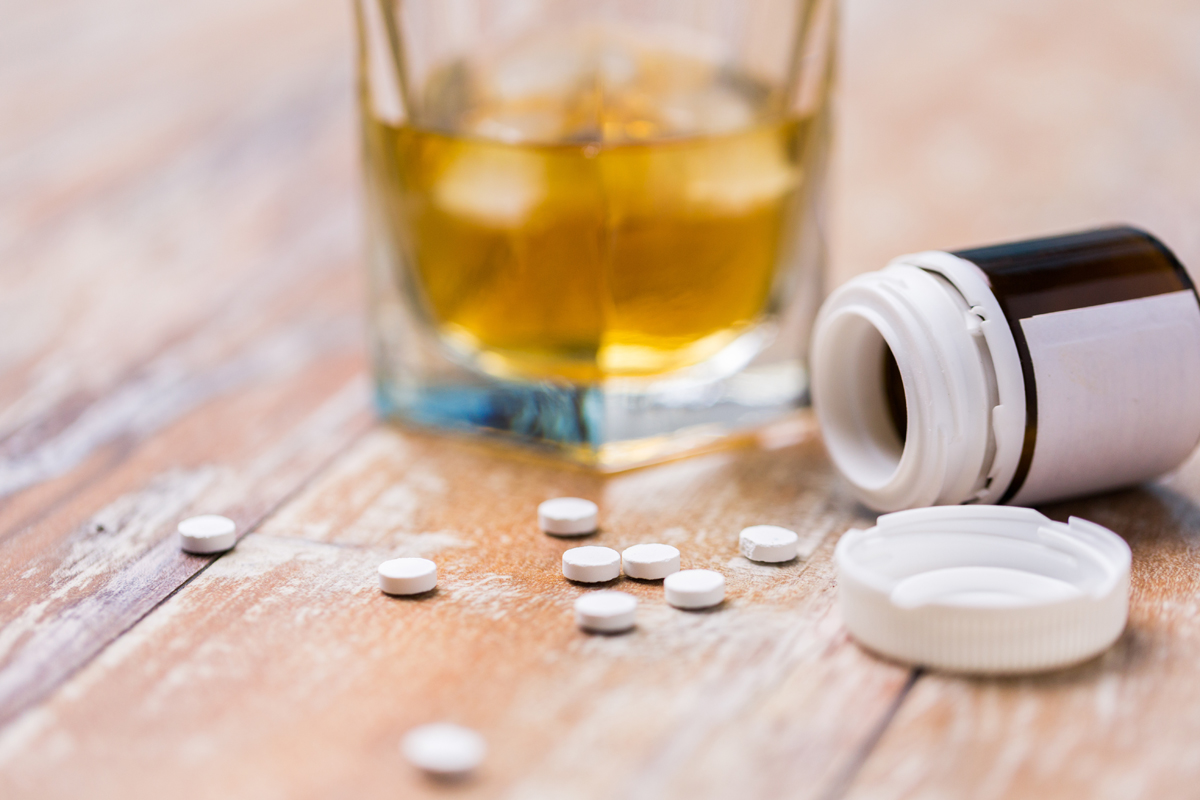
4 minute read
Drug treatment access a ‘big problem’
Brodie Cowburn brodie@baysidenews.com.au
Liz Bell liz@mpnews.com.au
THE closure of a Frankston general practice has left hundreds of methadone users in limbo.
Frankston Healthcare Medical Centre, a private general practitioner, was scheduled to close last month. It offered pharmacotherapy treatment to patients living with drug addiction. Methadone is a common pharmacotherapy prescription.
The GP’s director Nadia Siciliano told 3AW last month that more than 400 weekly patients would be affected by the closure. She said that the state government did not support the clinic when it asked for help.
“We have 1800 heroin addicts or drug addicted patients that come in that we treat,” she said. “About 400 to 500 patients a week that we see that are on methadone, sublocade, and suboxone will be at Frankston [Hospital] emergency department.
“Your [emergency] department is going to explode and if these patients don’t get seen the crime rate in Frankston is going to go up because a lot of patients are going to relapse.”
A Monash University report released in February revealed that private practices are overwhelmingly caring for most patients receiving pharmacotherapy treatment in Victoria. The review panel’s report, Review of the Medically Supervised Injecting Room, read that just 50 of Victoria’s 14,804 pharmacotherapy patients were in the public system.
“Victoria’s pharmacotherapy system (...) is founded on ageing policy, programs and regulation and is becoming increasingly difficult to access due to significant workforce issues and a dwindling pool of doctors and pharmacists willing to take on pharmacotherapy patients,” the report read. “Provision in Victoria, for example, is substantially below New South Wales despite broadly comparable need. In 2021, Victoria had only 50 public pharmacotherapy patients, compared to 8,498 public patients in New South Wales. In total, the Victorian system had substantially fewer patients (14,804) than New South Wales (24,340).
“While the number of pharmacotherapy patients has plateaued over the past decade, the panel understands this is indicative of high levels of unmet need. These figures paint a picture of an underresourced Victorian pharmacotherapy system requiring far greater public funding, with access to pharmacotherapy in need of urgent expansion.”
Frankston Healthcare director Siciliano said that there is a shortage of doctors willing to engage in pharmacotherapy treatment, and called the situation a “big problem”.
“Our full time doctor has gone on leave and we have struggled to find GPs to help with pharmacotherapy because they’re too scared to prescribe and see the patients,” she said.
Frankston MP Paul Edbrooke was contacted for comment.
Newly released data has revealed that drug-related health problems in Frankston and on the Mornington Peninsula are among the highest in south-east Victoria.
The Alcohol and other Drug Catchment plan of Peninsula Health, 2023 (Bayside Peninsula area), reveals that Frankston has the highest demand for alcohol and drug services in metropolitan Melbourne (2972), with the peninsula close behind at 2262. Bayside had 847.
The catchment plan - which also covers Kingston, Stonnington, Glen Eira and Port Phillip - looks at service usage data to identify the needs of people with alcohol and drug (AOD) problems, and factors driving support and demand for alcohol and other drug services.
The data revealed that despite high levels of service need in Frankston and on the peninsula overall demand is not currently being met, with four week waiting times for services being common throughout 2022.
Frankston also uses the highest proportion of alcohol and drug services in metro Melbourne for intake and counselling, but the nearest residential withdrawal service centres are at Dandenong and St Kilda.
The most specific measures of AOD harms at the local government areas level are ambulance attendances for AOD use, overdose deaths and police incidents. In 2021, some of metro Melbourne’s highest rates for those harms were recorded in Frankston, Mornington Peninsula, Port Phillip and Stonnington.
The Australian Bureau of Statistics has also released new figures that show that across the country, there was a 9.1 per cent increase in the alcohol-induced death rate in 2022 – the highest rate recorded in more than a decade.
Alcohol-induced deaths are those where the underlying cause can be directly attributed to alcohol use, including acute conditions such as alcohol poisoning or chronic conditions such as alcoholic liver cirrhosis.
The latest statistics show there were 1742 alcohol-induced deaths (1245 males and 497 females).
Alcohol and Drug Foundation CEO Dr Erin Lalor said the increase in the death rate from 2021, driven by complications associated with chronic alcohol use, reiterated the need for greater action to stop the numbers rising.“We can’t afford to further delay action to reduce these unacceptable numbers which have been increasing since 2018. Greater investment in evidencebased prevention, harm reduction, and treatment services is urgently needed,” she said.
For support or advice, visit adf.org.au or call the National Alcohol and Other Drug Hotline on 1800 250 015.







